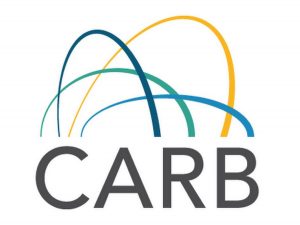 In comments submitted last week to the California Air Resources Board (CARB), a group of ag and biofuel organizations and companies highlighted how renewable fuels like ethanol can help the state achieve its goal of reaching carbon neutrality by 2045 or sooner. CARB is seeking input as part of updating its Scoping Plan which lays out the path toward achieving the state’s carbon reduction targets.
In comments submitted last week to the California Air Resources Board (CARB), a group of ag and biofuel organizations and companies highlighted how renewable fuels like ethanol can help the state achieve its goal of reaching carbon neutrality by 2045 or sooner. CARB is seeking input as part of updating its Scoping Plan which lays out the path toward achieving the state’s carbon reduction targets.
The comments were signed by leadership of the Renewable Fuels Association, Growth Energy, National Corn Growers Association, Aemetis Inc., Alto Ingredients Inc., Calgren Renewable Fuels, Pearson Fuels, Propel, POET and RPMG. Their comments spotlight recent state-funded research that indicates pathways to carbon neutrality through greater reliance on renewable fuels like low-carbon ethanol.
Reminding CARB that ethanol has already cut more than 26 million metric tons of carbon in California with a weighted average carbon intensity 46% lower than gasoline, the group recommended first that the board expedite the approval of E15 as a legal fuel in California. This action alone has the potential for an immediate 50% increase in GHG reductions from ethanol in the existing light-duty fleet.
Second, the group recommended the state consider requiring internal combustion engine light-duty vehicles sold in California be flex-fuel vehicles beginning in model year 2024. This requirement would put more vehicles on the road capable of maximizing GHG reductions comparable to battery electric vehicles through use of higher biofuel blends, which emit fewer toxic tailpipe emissions.
Finally, they urged that the Low Carbon Fuel Standard program be extended beyond 2030 in a form that is consistent with the state’s carbon neutrality goals. Specifically, the program should incorporate crediting for agricultural soil carbon sequestration, given the significant opportunity for GHG reductions with appropriate incentives and accounting.
“Ethanol in a wide range of blend levels above today’s typical 10% blend represents an immediate, mid-term and long-term opportunity for California to maximize GHG reductions, while providing affordable fuel to consumers and encouraging new economic development and job growth in the state.”

